Since the 2016 Rio Olympics, the price and popularity of the “Watermelon Knife” (JS12) have remained high. Initially, some players complained that it felt wooden, stiff, and difficult to handle, but now, over time, its reputation has significantly improved. It has become a beloved racket for many, and despite multiple reissues, it’s still hard to find.
The third racket in the Jetspeed series, JS10, is a legend in its own right.

Specifications:
- 3U G5
- Total weight (with grip and no bottom cap): 90.7g
- Balance point: 292mm
- Boron-carbon shaft, extremely stiff
- 9–3 o’clock groove
- Aero-sword wind-cutting frame
- String tension warranty: 28lbs
- Strung with XB63 at 25-27lbs
This racket’s appearance is widely recognized, so there’s no need to dwell much on its design and technology. The red, green, and black layered decals resemble the inside of a watermelon, and the black base coat with glitter gives it a distinctive look. Both the new and old colors are attractive, though the older version holds sentimental value for many. However, the paint is fragile and easily chips, especially in the wind-cutting sections. Even with careful maintenance, cracks may appear around the cone and T-joint.
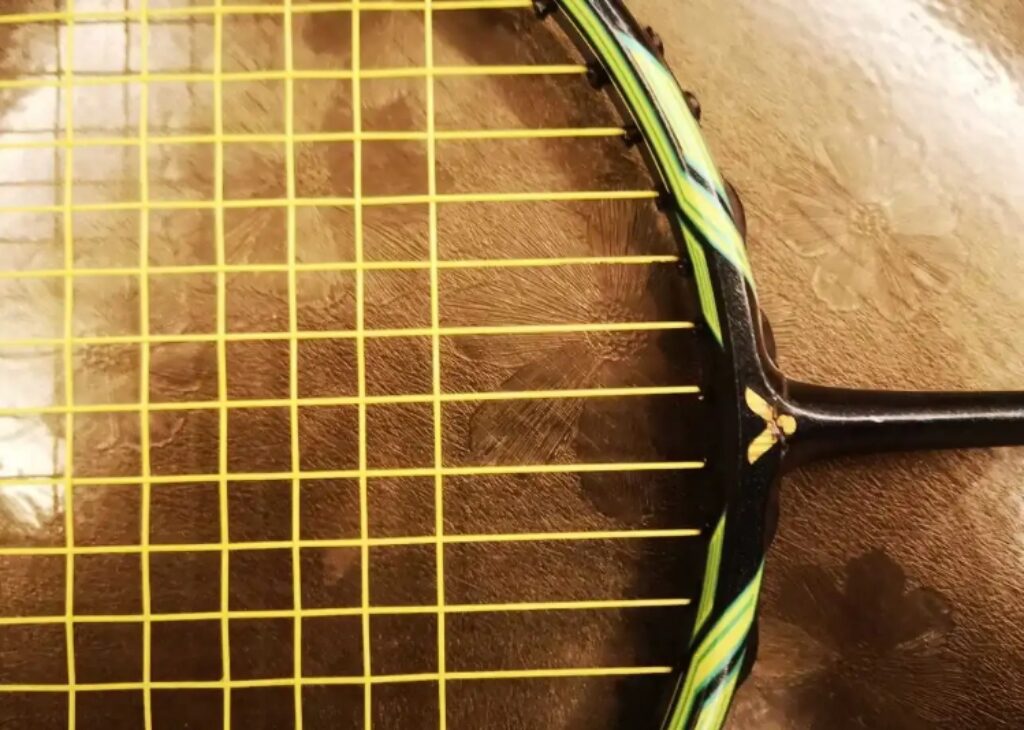
Upon holding it, the racket feels solid, and despite its balance point measuring just 292mm, it still feels slightly head-heavy. The swing speed is fast, and as a 3U racket, it has the characteristics of a speed-oriented racket, although the swing weight is not light. While I generally prefer 4U rackets, the 3U Watermelon Knife is one I can manage.
A key characteristic of the Watermelon Knife is its smaller racket head. Compared to other Victor Jetspeed series rackets, it indeed has a smaller frame, but it’s not as extreme as the smaller head frames of Yonex models. The racket is about 1-2mm wider in every direction compared to the ZF2, so the hitting feel doesn’t scream “small frame.”
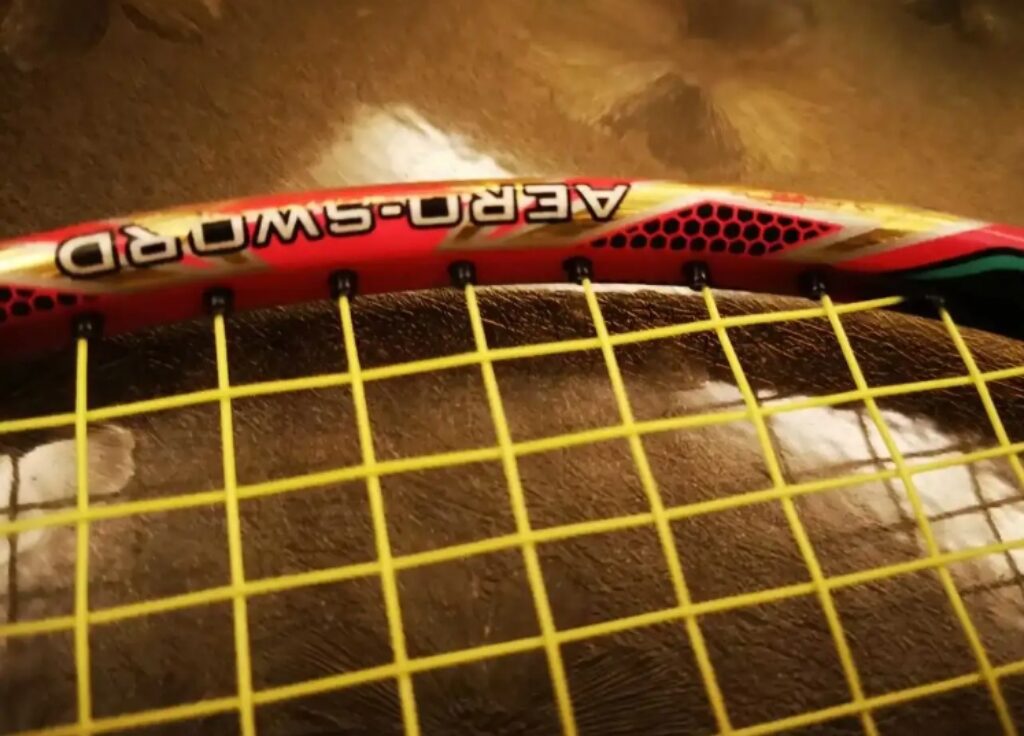
During warm-up clears, it’s evident that the power comes mainly from the frame and string bed’s elasticity. With a shaft length of 220mm, the racket is responsive and easily transfers power. Initially, it took some time to adjust to its liveliness, often resulting in shots going long. As labeled on the shaft, the racket is extremely stiff, but since the racket I borrowed was already broken in, it displayed excellent elasticity and precision during testing. Shots were crisp and responsive, and the sweet spot was quite forgiving, with a higher tolerance than typical small-frame rackets. My first impression was that it wasn’t as unforgiving as expected.
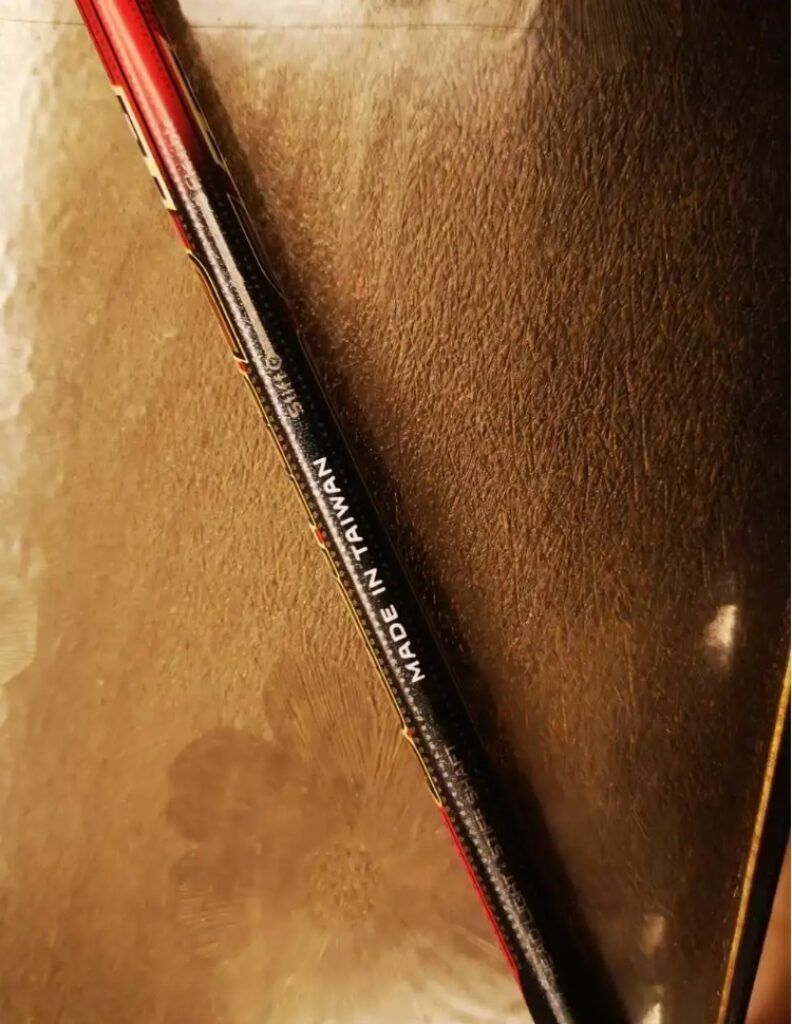
The Watermelon Knife’s swing speed is indeed fast. While it doesn’t feel as effortlessly light as the HX800LTD-C, its swing speed shines when defending, returning smashes, backhand clears, or engaging in flat exchanges. The racket’s speed helps the user avoid compressing their power output during fast-paced exchanges. Compared to Yonex’s small-head frames, the Watermelon Knife stands out in this aspect.
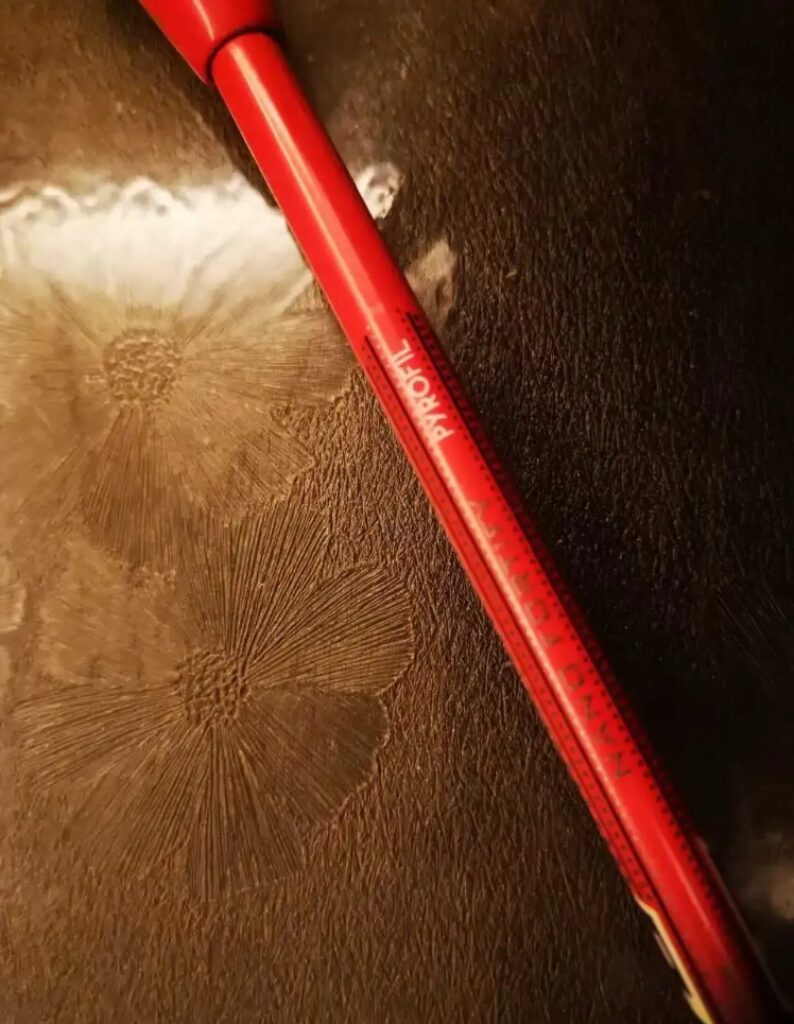
However, I struggled with the racket when trying to attack from the backcourt. During six or seven test matches, none of my smashes were satisfactory. There are several reasons: First, the XB63 string is stiff, and the Watermelon Knife itself is extremely stiff, creating a high activation threshold. On that day, my smashes were powered more by the string’s elasticity than the shaft’s. Second, the swing speed is very fast. Compared to the 88S, the racket face reaches the hitting point quicker after setting up for a smash, causing timing issues in fast-paced exchanges before I fully adapted to it. In short, I haven’t yet found the upper limit of this racket’s power. However, its stable shots, precise control, and powerful shaft make the Watermelon Knife a racket with immense attacking potential, pushing me to find an opportunity to maximize its performance. Though the feel of smashing is excellent, I wasn’t fully equipped to handle it at the time.
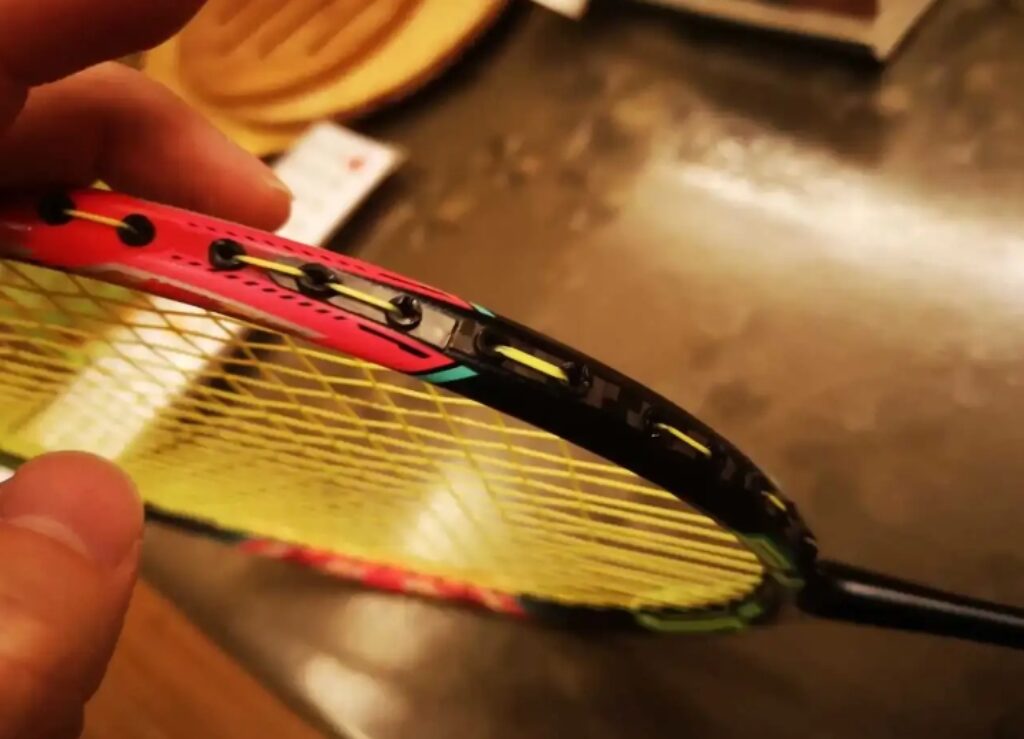
In net play, my touch was average, and my shots tended to pop up, inviting interceptions. However, compared to other small-frame rackets, the Watermelon Knife’s friendly frame size made overhead slices and tight net shots easier to control.
In short, this is an excellent racket, combining fierce, fast strokes with outstanding swing speed and maneuverability. Some might compare it to the ZSP, but from my experience, aside from raw smash power, the Watermelon Knife is better suited for various situations in doubles play. That said, as a flagship-level stiff racket, it’s energy-consuming to use, and after four continuous games, I had to take a break, feeling the strain on my wrist and arm. Despite the high usage threshold, its feel, attacking prowess, and swing speed make it a standout among speed and attacking rackets.

Currently, due to production issues at the Taiwan factory, the racket is hard to find, and prices are steep. Even if you manage to find a dealer, there’s still the risk of frame collapse. As a 3U flagship racket with a 28lbs string tension warranty, more advanced amateur or professional players might find this limiting. For less experienced players, I’d recommend stringing 1-2lbs below your usual tension to make the Watermelon Knife more manageable.

Leave a Reply